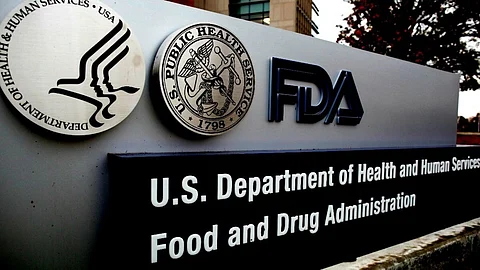

Alleged cancer risks prompted U.S. regulators to ban the additive red dye No. 3 from food, 35 years after it the dye was barred from cosmetics for the same reason.
The Food and Drug Administration granted a petition to ban the dye filed by the Center for Science in the Public Interest, Consumer Reports, and 22 others.
The petition provided two studies that showed cancer in laboratory male rats exposed to high levels of red dye 3. A statute known as the Delaney Clause requires the FDA to ban any additive found to cause cancer in people or animals.
Despite making the ban, the FDA said the risk to human health was unclear. The agency insists harmful exposure levels for male rats are much lower than for humans, and studies in humans and in other animals did not show carcinogenic effects. Also, studies suggested a hormonal mechanism was involved that is found in rats but not in humans.
The ban removes Red 3 from the list of approved colour additives in foods, dietary supplements and oral medicines, such as cough syrups. The FDA banned the substance from cosmetics and topical drugs in 1990, due to studies that linked the dye to cancer in rats.
According to an FDA web page on the dye, "In 1992, the FDA announced its intention to revoke the permanent listings for the uses of FD&C Red No. 3 in food and ingested drugs...[but] decided not to take action at that time, given the resources required to remove this authorization."
In October 2024, Consumer Reports delivered another petition—with 80,000 signatures—urging the agency to ban red dye 3 in foods, citing, in addition to its potential carcinogenicity, that the dye is associated with hyperactivity and other neurobehavioral effects in children.
On November 23, Congress wrote the FDA to urge the ban and noted that the colorant is not allowed for food use by the EU, Australia, or New Zealand. Lawmakers said the action was especially important to protect children, who consume more of the dye on a bodyweight basis than adults.
"No aesthetic reason could justify the use of a carcinogen in our food supply," the letter said.
Similar concerns inspired the California Food Safety Act, passed in October 2023. The legislation will go into effect December 31, 2027 and also targets red 40, yellow 5, yellow 6, blue 1, blue 2, and green 3.
U.S. food manufacturers have until January 2027 to remove Red 3 from their products, also known as erythrosine, FD&C Red No. 3 or Red 3. Makers of ingested drugs have an additional year's grace. Imported foods must also meet the new U.S. requirement.
At a hearing by Congress in December, FDA Commissioner Dr. Robert Califf suggested manufacturers could reverse the ban in court if a judge decides the evidence is too weak.
According to a posting to the FDA website on January 15, "[C]laims that the use of FD&C Red No. 3 in food and in ingested drugs puts people at risk are not supported by the available scientific information."
The International Association of Color Manufacturers defends the dye. The group points to research by scientific committees operated by the United Nations and the World Health Organization, including a 2018 review that reaffirmed the safety of Red 3 in food.
